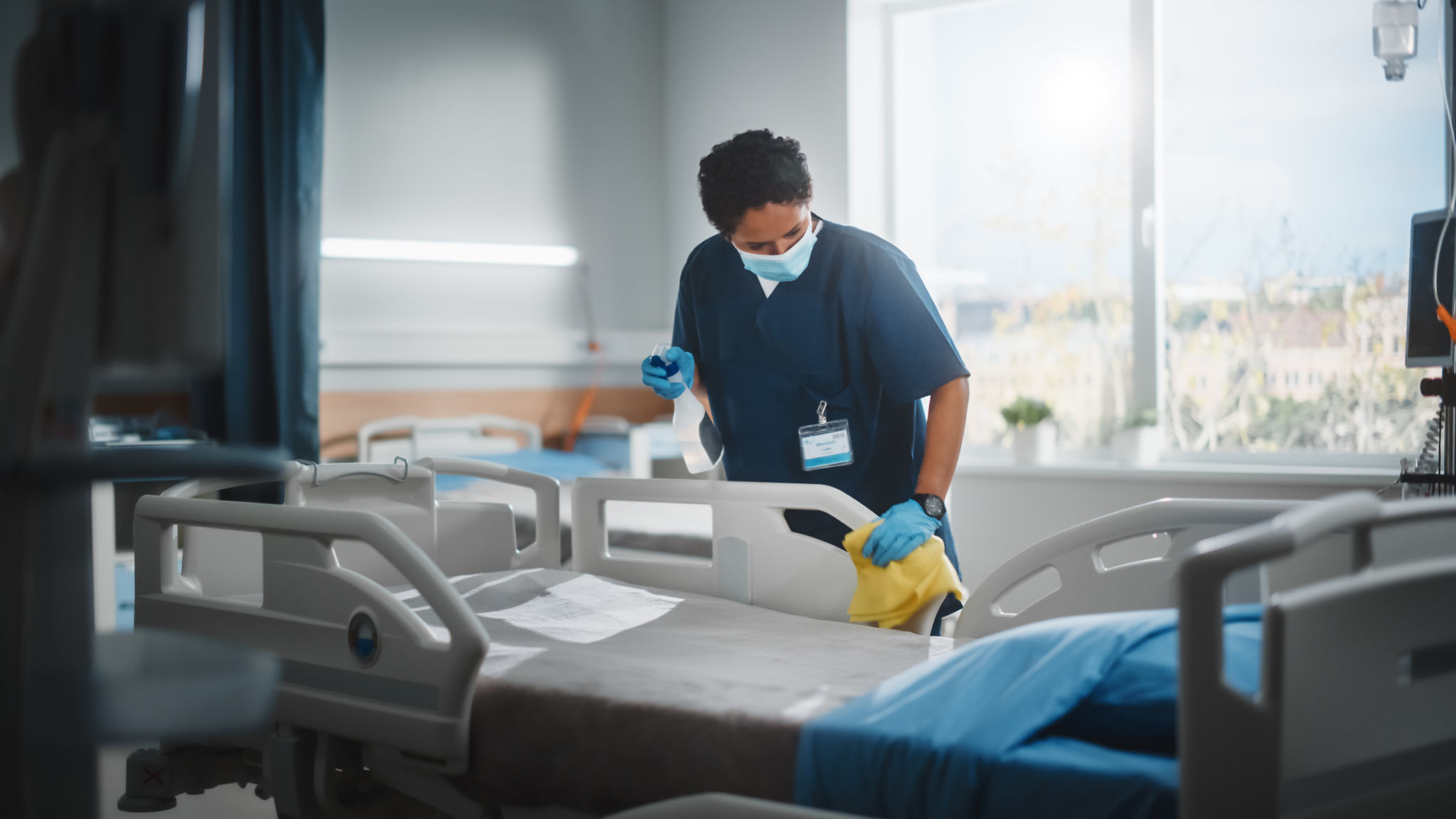Expert Tips for Keeping Medical Facilities Clean in Darwin
Understanding the Importance of Cleanliness in Medical Facilities
Maintaining cleanliness in medical facilities is crucial for ensuring patient safety and preventing the spread of infections. In Darwin, where the climate can be humid and warm, these challenges are heightened, making regular and thorough cleaning practices essential. The environment in healthcare settings must be meticulously maintained to minimize health risks and ensure a safe space for both patients and healthcare providers.
Medical facilities are high-traffic areas with constant influx of patients and staff, increasing the risk of contamination. Implementing strict hygiene protocols is vital to combat these risks effectively. This involves not only routine cleaning but also adhering to specific guidelines tailored to the medical environment.

Developing a Comprehensive Cleaning Plan
A structured cleaning plan is the backbone of maintaining a hygienic medical facility. This plan should incorporate daily, weekly, and monthly cleaning tasks, ensuring that every aspect of the facility is covered. Include areas such as waiting rooms, patient rooms, operating theaters, and restrooms, each requiring different levels of cleaning frequency and methods.
Using a color-coded cleaning system can help prevent cross-contamination between different areas. For example, using separate cleaning tools for bathrooms and patient areas ensures that harmful pathogens are not transferred inadvertently.

Utilizing Appropriate Cleaning Products
The choice of cleaning products plays a critical role in maintaining hygiene standards. It's important to select disinfectants that are effective against a broad spectrum of pathogens while being safe for use in a healthcare environment. In Darwin's climate, products that can withstand humidity and high temperatures without losing effectiveness are particularly valuable.
Furthermore, it's essential to follow manufacturers' instructions for dilution and contact time to ensure maximum efficacy of the cleaning agents. Regularly training staff on the correct use of these products can greatly enhance their effectiveness.
Training and Empowering Cleaning Staff
Cleaning staff are on the frontline of maintaining a facility's cleanliness. Providing comprehensive training on the latest cleaning techniques and safety protocols is crucial. This includes proper handling of hazardous materials, understanding infection control measures, and the correct use of personal protective equipment (PPE).
Empowering staff with knowledge and resources not only ensures a clean environment but also boosts their confidence and efficiency. Regular refresher courses can help keep staff updated on any new developments or changes in cleaning standards.

Integrating Technology in Cleaning Practices
Technological advancements offer innovative solutions for maintaining cleanliness in medical facilities. From automated floor scrubbers to UV disinfection systems, integrating technology can significantly improve cleaning efficiency and effectiveness. These technologies help reduce human error and ensure consistent cleaning standards across the facility.
However, it's important to assess the suitability of these technologies for specific facility needs and budget constraints. Investing in technology should be seen as a long-term strategy for enhancing overall hygiene standards.
Regular Monitoring and Quality Control
Maintaining high standards of cleanliness requires regular monitoring and quality control measures. Implementing a routine inspection schedule helps identify areas that need improvement or additional attention. Additionally, feedback from staff and patients can provide valuable insights into the effectiveness of current cleaning practices.
Quality control measures may include regular audits, microbial testing, and checklists to ensure all areas are consistently meeting hygiene standards. This proactive approach helps in identifying potential issues before they escalate into serious problems.

Adapting to Seasonal Challenges
Darwin's tropical climate presents unique challenges throughout the year. During wet seasons, increased humidity can promote mold growth, requiring extra attention to moisture-prone areas. Conversely, dry seasons may result in increased dust accumulation, necessitating more frequent dusting and ventilation checks.
Implementing season-specific cleaning strategies can help mitigate these challenges effectively. Regularly updating cleaning protocols to adapt to changing environmental conditions ensures that facilities remain clean and safe year-round.
Commitment to Continuous Improvement
The journey to maintaining cleanliness in medical facilities is ongoing. Committing to continuous improvement by staying informed about new cleaning technologies, products, and methods is essential for keeping up with evolving standards. Engaging with industry experts and participating in workshops or conferences can provide valuable insights into best practices.
Ultimately, a clean medical facility not only ensures patient safety but also enhances the reputation of the healthcare provider. By prioritizing cleanliness and hygiene, medical facilities in Darwin can continue to offer high-quality care in a safe and welcoming environment.
